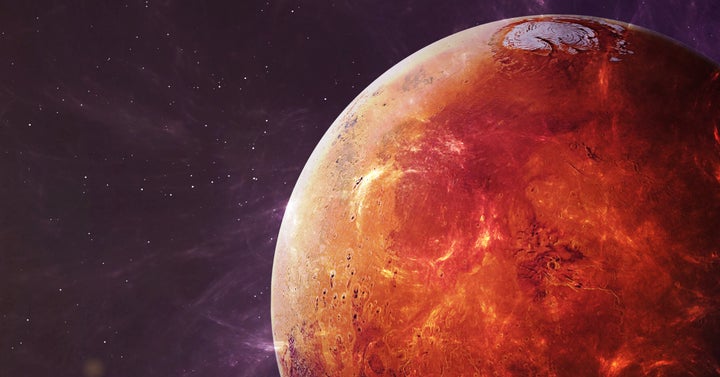
Last month, NASA powered up the Orion Spacecraft for the first time, bringing renewed attention to a new and exciting era of space exploration – a human mission to Mars.
I don’t think I can understate just how incredible this is!
We've been fascinated with the sky above for thousands of years. In 1961, technology turned that fascination into reality when humans first escaped gravity to enter into space. Eight years later, we landed on the moon.
In the nearly 50 years that followed, our ambitions have grown from humans orbiting the Earth, to orbiting the moon, to landing on the moon, to now traveling to Mars.
Sustainability in Space
During the last several months, I’ve been talking to sustainability experts from around the world about how we can make Earth a better, healthier planet. But how important is sustainability once we venture into space?
Turns out, it is probably THE most important part of space travel!
I invited my colleague, Gary Adamson, to share what goes into designing the support systems to sustain human life for the travel, landing and walk on Mars.
He's a 30-year engineering veteran for UTC Aerospace Systems -- the same company that has provided hardware on every manned NASA platform since Apollo, and the life support systems that kept John Glenn alive as he first orbited the earth and that enabled Neil Armstrong’s first steps on the atmosphere-less moon. UTC Aerospace Systems has also been there for every Space Shuttle mission!
On my latest podcast, we go into detail about how we can sustain life itself on the human mission to Mars, and learn the lessons for sustainability we can apply back here on Earth.
All this from a leading engineer helping to design the life support systems for the most ambitious human voyage of all time.
You can find The Race to 9 Billion and the latest episode on green aviation on iTunes, Google Play, and www.raceto9billion.com. I’ll be tweeting about it too, so follow me on Twitter @JohnMandyck to join the conversation.
